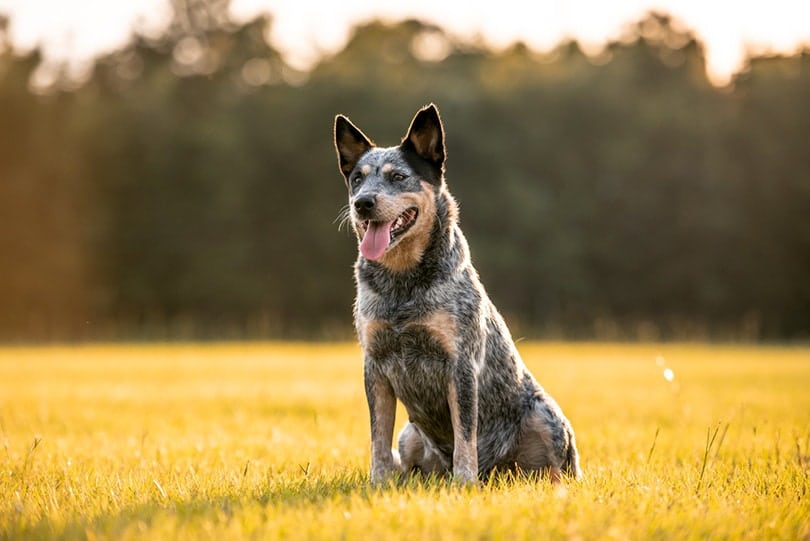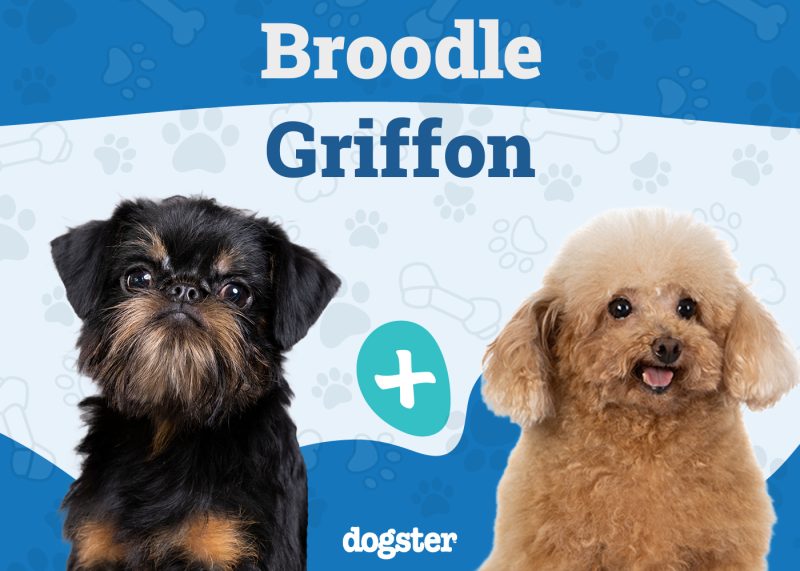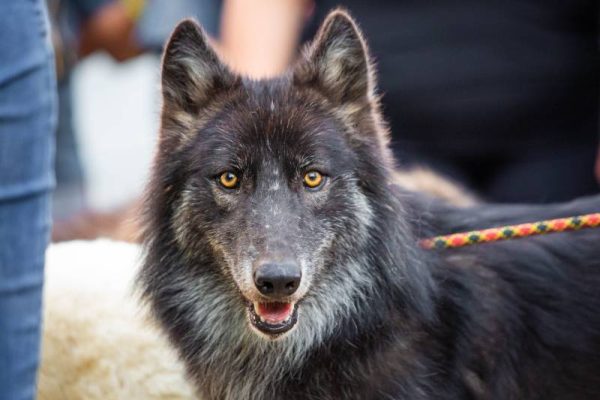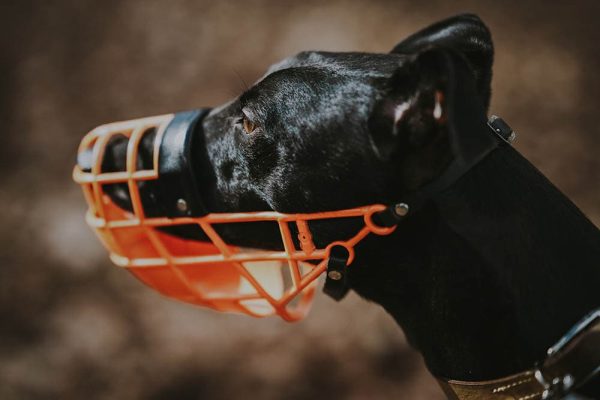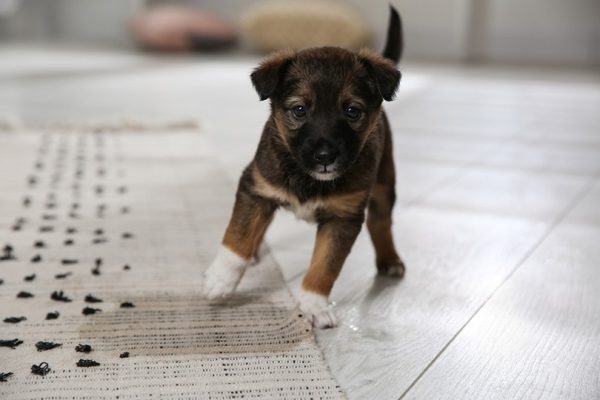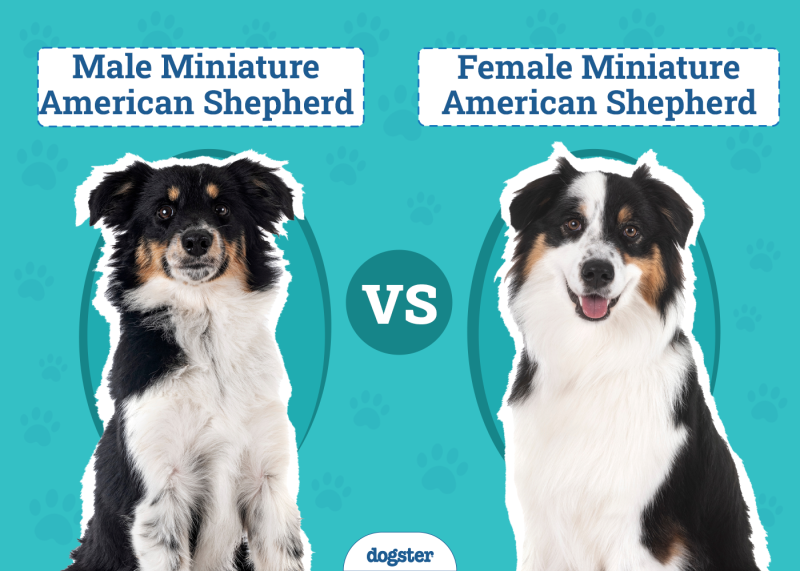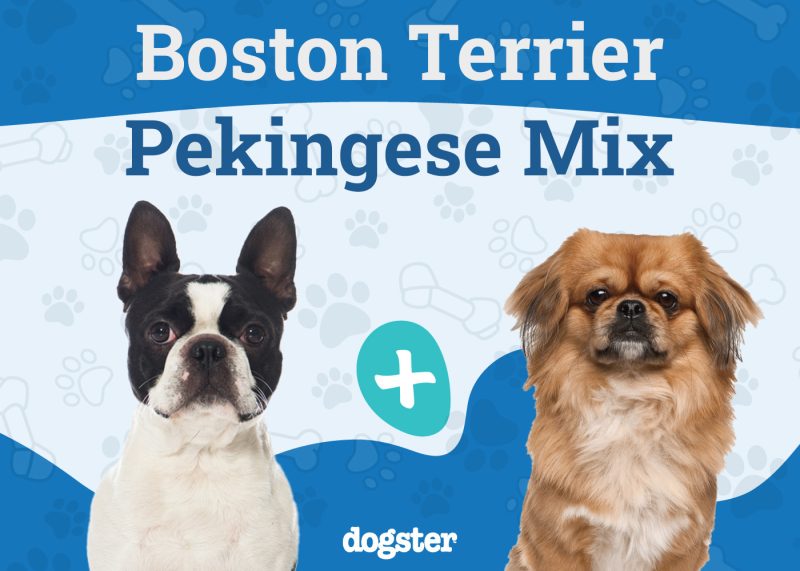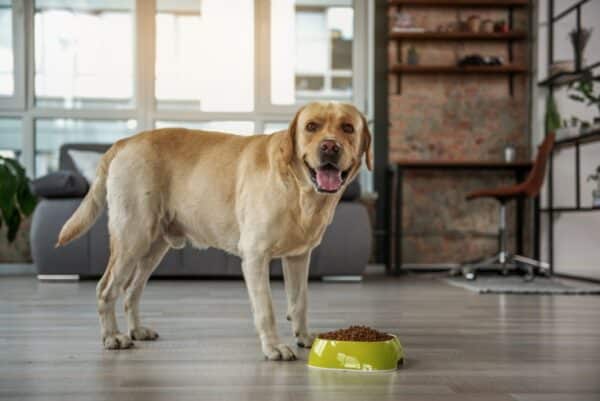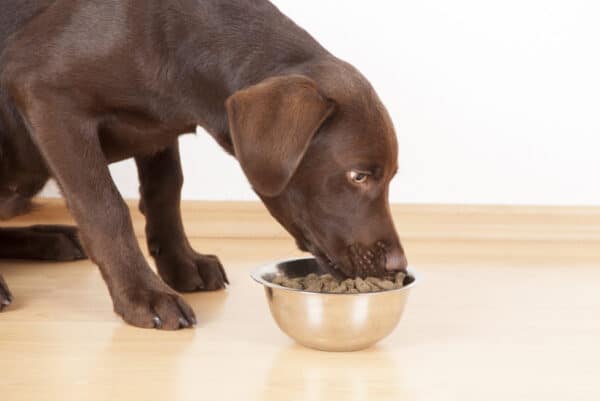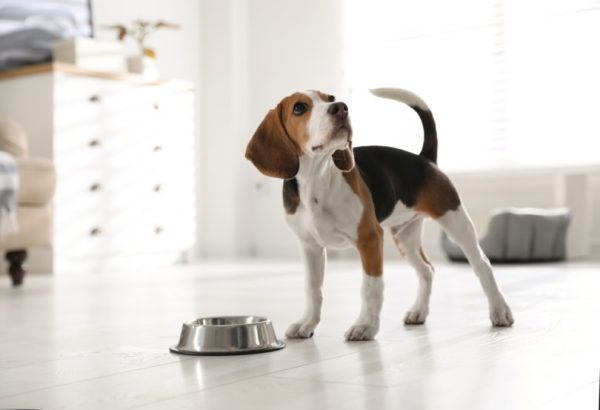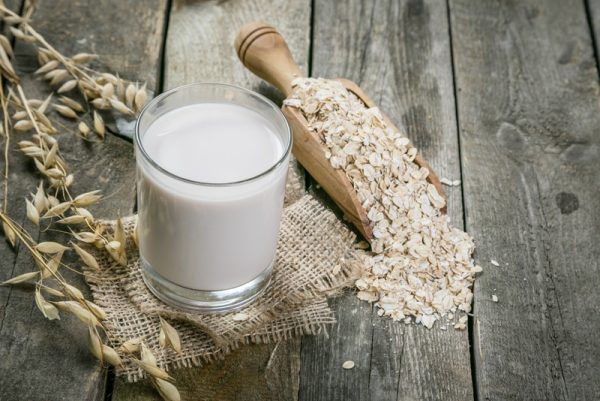In this article
While there are many wonderful dog breeds available to pet owners, one that stands out in part due to their interesting name is the Blue Heeler. Many potential owners want to know if they’re really blue. The short answer is yes, Blue Heelers are indeed blue, but it should be noted that “blue” means something different in the dog’s coat world than it does for humans. Keep reading as we explain this difference and list other interesting facts about this fantastic breed to help you be better informed.

What Is a Blue Heeler?
Blue Heeler is the other name of the Australian Cattle Dog. They also go by the name Queensland Heeler, a reference to Queensland, Australia, where breeders are believed to have developed the dog. The Heeler part of their name refers to their original job as a herder. These dogs come in two varieties, blue and red, and both have the same temperament and physical attributes, aside from their color.

The Blue Heeler
The Blue Heeler has a light-colored tail and tan patches on the inside of their legs and sometimes on their neck and chest. If you look closely at their characteristic speckled or mottled coat of “blue” fur, you will see that it is actually black hair mixed with white. This type of gray coloring is called blue in many breeds. Farmers chose this color because they wanted a dog that was harder to see at night, making them less likely to be attacked by cattle or horses.
The Red Heeler
As the name suggests, the Red Heeler has a red (orange-brown) coat that is either red-spangled or red-mottled and white. Upon close inspection, you will see that the individual hairs are closer to auburn, but since there are so many white hairs interspersed with them, the overall coat can appear red from a distance. Farmers chose these Queensland Heelers when they wanted to spot the dog more easily during the day. The red coat also probably helped distinguish them from pest animals like coyotes.
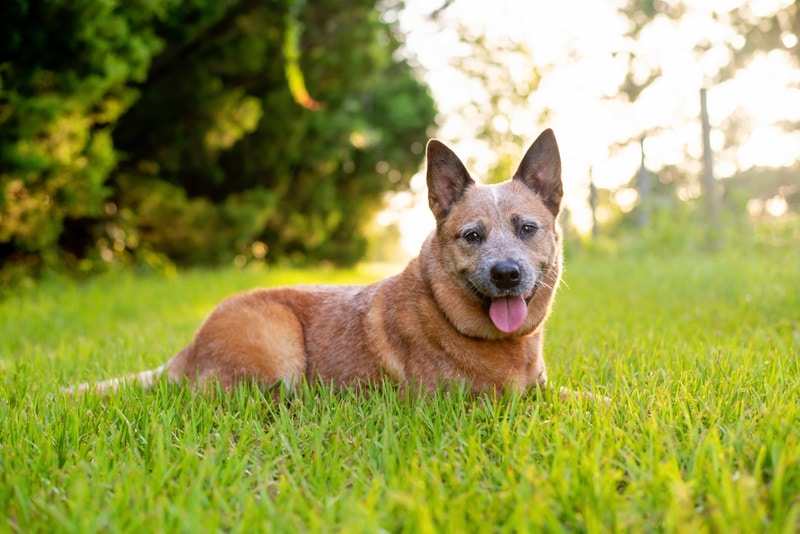
Does a Blue Heeler Make a Good House Pet?
Yes, Blue Heelers can make wonderful house pets. Their coat is low-maintenance and only needs occasional brushing. They don’t tend to bark much and they are quite intelligent, so they are easy to train to perform a wide variety of tasks and tricks. They also have a great deal of energy and can make excellent companions for people who like to spend most of their time outdoors. The downside is that they can be wary of strangers so they require adequate training and early socialization.
How Much Exercise Does a Blue Heeler Need?
Blue Heelers are high-energy dogs that require a minimum of 1.5–2 hours of exercise each day, more during weekends, to stay adequately stimulated. Not enough exercise can lead to behavioral problems in such an energetic breed. Having a large yard or other family members around to help can make it easier to keep your pet active.
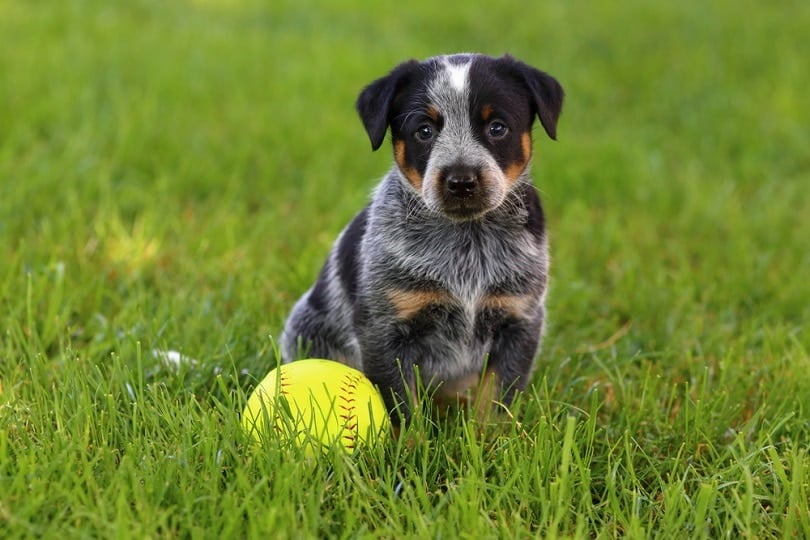
Tips and Tricks for Keeping Your Blue Heeler Healthy
- Feed your Blue Heeler a high-quality complete and balanced dog food that lists animal protein such as meat or fish as the first ingredient, and avoid brands that use chemical preservatives and artificial colors.
- Follow the portioning guide on your food package to avoid overfeeding.
- Ensure that your pet gets plenty of exercise, and vary the activities that you do to help prevent them from becoming bored.
- Puzzle games and training can stimulate your pet’s mind, which is just as important as physical exercise for keeping your pet happy and healthy.
- Schedule regular veterinary check-ups to help ensure that your pet gets the vaccinations and parasite control that they need and detect any health problems early enough.
- Spend plenty of time with your Blue Heeler to help them form strong bonds with you. Avoid spending too much time away, as it could cause them to become bored and start misbehaving.

Summary
The Blue Heeler’s color is actually a bit of an illusion created by a mix of black and white hairs that appear blue or gray from a distance. There is also a Red Heeler. Both dogs have the same temperament and physical traits, with only the coat color being different. They make wonderful pets due to not requiring a great deal of grooming, and they don’t bark much. They are also highly energetic and intelligent dogs that benefit from an active lifestyle.
Featured Image Credit: Tanya Consaul Photography, Shutterstock
